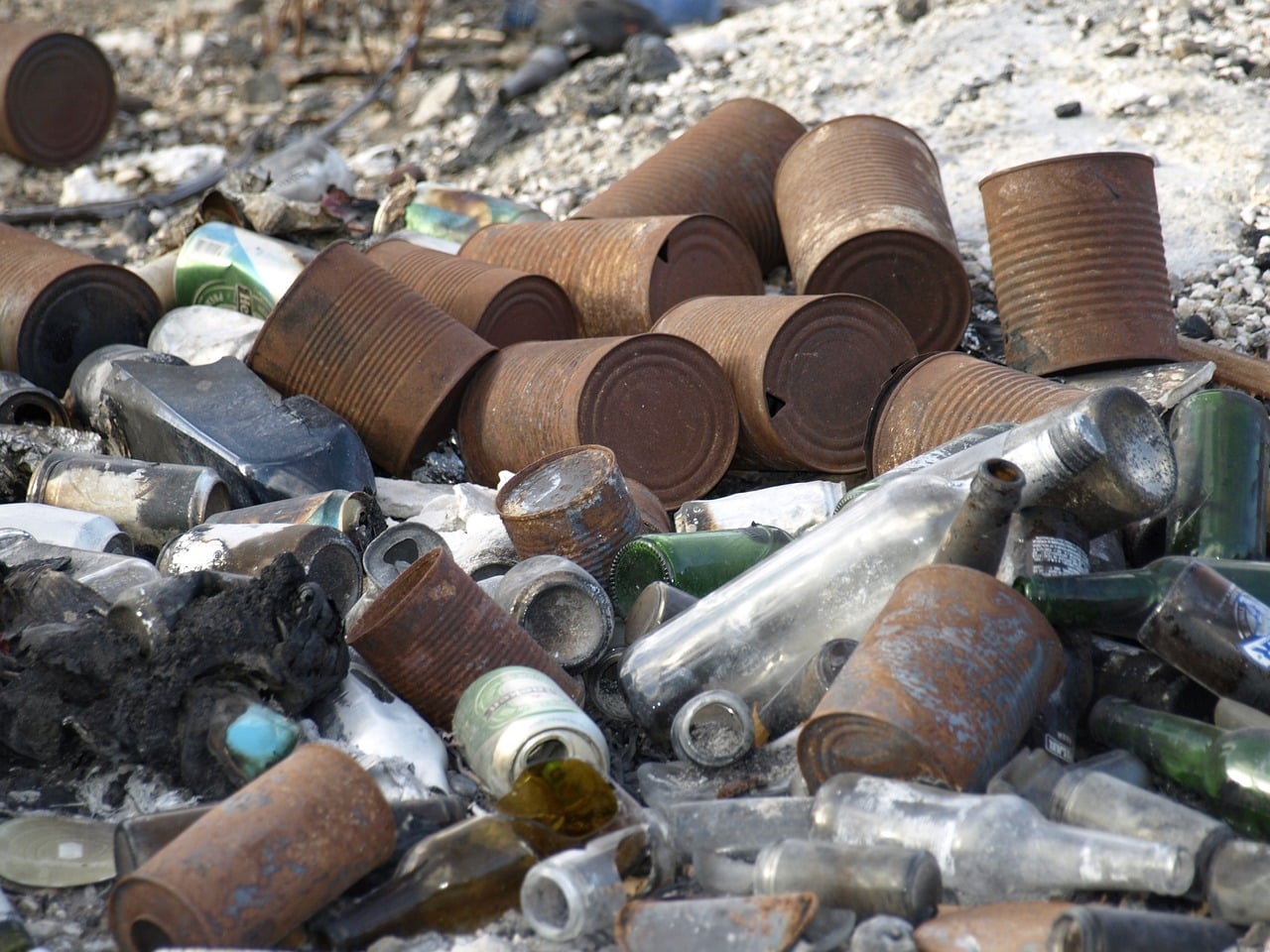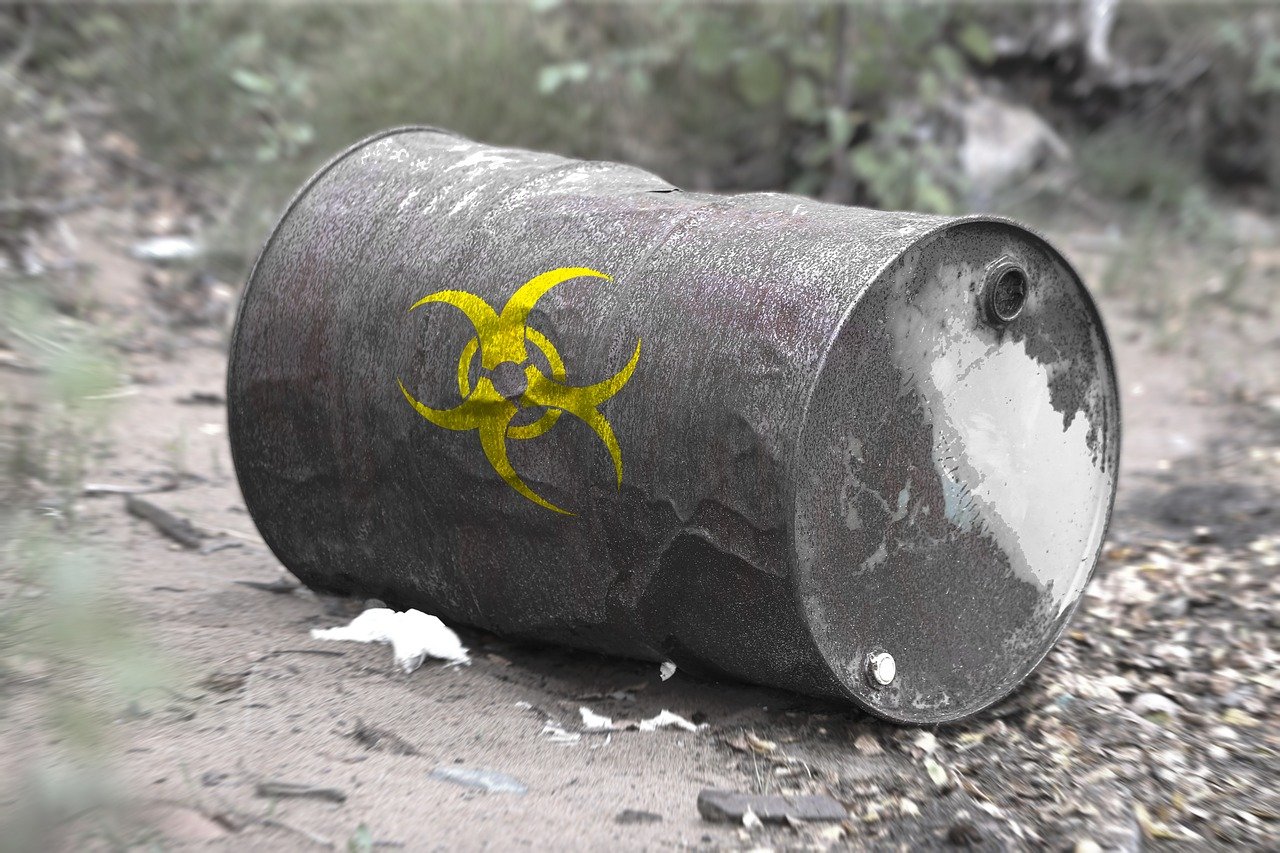
Hazardous waste is waste that puts health at risk.
A hazardous waste is a waste with intrinsic properties that put people 's health at risk or that can cause damage to the environment. Some of these properties are the following: flammability , toxicity , corrosivity , reactivity and radioactivity .
Waste is a waste produced by man or a material that is unusable after having carried out work or fulfilled its mission. Therefore, it is necessary to eliminate or recycle waste so that it acquires a new possibility of use.
Danger , on the other hand, is the risk or imminent contingency of something bad happening. It is possible that the danger is a real, physical threat, or something abstract that humans understand as potentially harmful.
Characteristics of hazardous waste
Among the most common hazardous waste are mineral particles carried by water and mixed with mud, which come from mines, spills of various substances in surface channels and emissions of toxic gases through chimneys and exhaust pipes.
It is worth mentioning that historically, these wastes have not always been considered dangerous ; On the contrary, they were part of the common waste from various industrial areas and even from private homes. Given that there was no regulation that told citizens what to do with these materials, and that there was not enough information about the risks that their irresponsible handling could entail, it was normal for them to be dumped into bodies of water, such as rivers. or the sea, or that they were left in common garbage dumps.
It was from agreements in favor of the environment such as the Rotterdam Convention or the Basel Convention that people began to become aware of this issue, and various countries, both developed and those that were developing, undertook the task of legislating the handling of hazardous waste, as well as its classification and the measures necessary to store it.

A hazardous waste can be lethal due to its toxicity.
Its origins
Hazardous waste usually comes from hospitals (they are called biological); from the pharmaceutical industry and the chemical industry ; forestry or agricultural activity, given the use of biocides, fungicides and pesticides; mines; the energy industry (certain types of oil); the oil industry (aqueous emulsions, bituminous and tar, among others); the textile industry (dyes, oxidized chromium and acids); the military industry; scientific research and development centers (reagents and solvents); and the plastics industry.
One of the most common processes for treating hazardous waste is known as inertization and consists of minimizing the potential risk of non-recoverable waste until its final disposal.
If an industry evades these regulations and attempts to dispose of its hazardous waste in another way (by throwing it into a river, for example), there is a great risk of contamination and damage.
Another classification of hazardous waste
Other types of recognized waste are the following:
- Similar to urban : those that are not classified as dangerous and that correspond to waste from commercial stores, offices and private homes.
- Inert : these are wastes that do not undergo any physical or chemical transformation, that are not biodegradable and that do not produce negative effects on other materials when they come into contact with them. In other words, they cannot generate environmental pollution or have a negative impact on the health of living beings. The level of contaminant-type components they possess, as well as the possibility of separating their insoluble parts from the soluble ones, must be insignificant. The most common are pieces of glass , bricks, concrete, and debris.
Since the materials used to construct all legal products are properly documented, it is possible to consult their properties to know if their waste should be considered hazardous.
